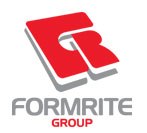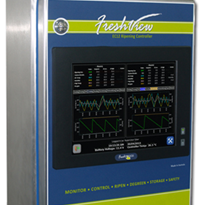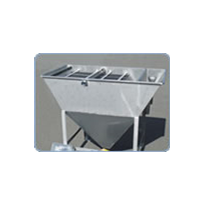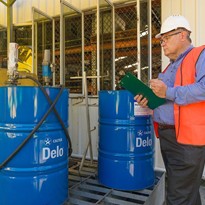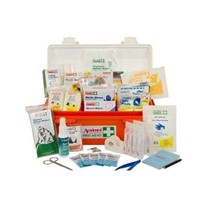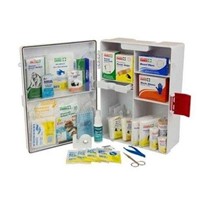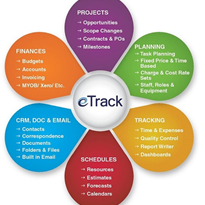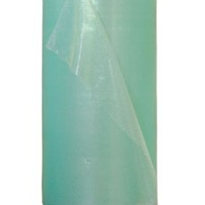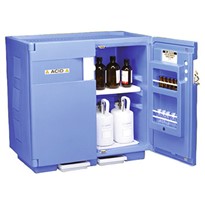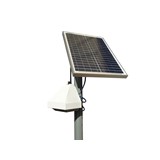The FormRite environmental code of practice (based on the Environmental Code of Practice for Packaging, a part of the National Packaging Covenant) is a public document (www.FormRite.com.au).
FormRite undertakes to educate its employees and customers in environmental responsibility and packaging stewardship.
- The importance of environmental responsibility, the National Packaging Covenant and the role of the employee forms part of company induction and ongoing employee training.
- The National Packaging Covenant, the benefits of becoming a signatory and the Environmental Code of Practice for Packaging will be promoted to customers and supply chain stakeholders.
- All packaging will conform to all government Acts, Regulations and Australian/ISO Standards.
- Overall strategies to reduce environmental impacts across packaging supply and recovery chains will be addressed.
- Packaging decision making process will be documented for environmental impacts by reference to the following strategies 1-7.
- If any conflict exists, the Waste Hierarchy and the requirement for the product to properly perform its primary function will determine the best approach.
Overall strategies (and examples of FormRite's ongoing commitment).
1. Source reduction
- Reduction of material thickness and energy use in production wherever possible within the constraints of product viability.
- Manufacture using "Plantic" biodegradable plastic (plant non-fossil fuel raw material).
- Raw materials and cardboard containing highest recycled content used wherever possible.
2. Potential for Re-use
- Continued reuse then recycling of used cardboard packaging.
- Re-use of tubular cardboard wastes by another local company.
3. Recovery and recycling
- Inclusion of maximum feasible levels of recycled materials in production.
- "Buy recycled" policy (where use of recycled material does not affect quality).
- Consideration of product impact on resource recovery and recycling before introduction.
- Introduction of single component products where possible.
- Recycling advice to customers and end users is available through this company website.
4. Incorporating recycled content
- Promotion of biodegradable plastic and recycling as environmentally friendly.
5. Minimising impacts of packaging.
- Minimisation of use and avoidance of hazardous or toxic materials by substitution with more environmentally benign products, if product quality is not affected.
6. Propensity to become litter
- Recycling logo on all new and existing tools (progressively).
- Production and promotion of "Plantic" plant based biodegradable plastics
7. Consumer information
- Recycling logo promoted and incorporated into the product whenever possible.
- Recycling information provided to customers and end users on company website and by pamphlets.
The Waste Hierarchy
Materials should be conserved through more efficient use, the avoidance of unnecessary consumption and the encouragement of re-use, recycling and energy recovery. The waste hierarchy states that wastes should be managed in accordance with the following order of preference:
- Avoidance (source reduction)
- Re-use
- Recycling
- Energy Recovery
- Disposal


